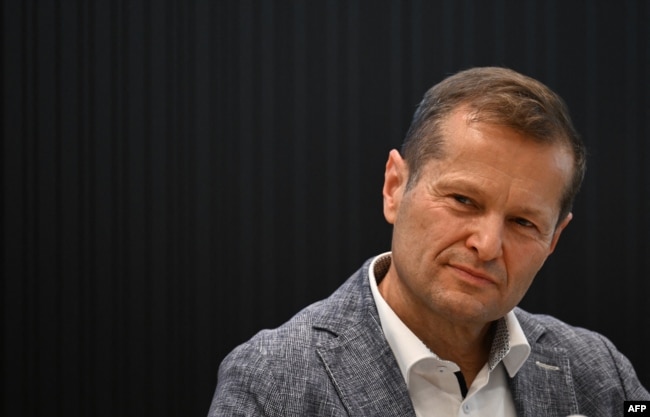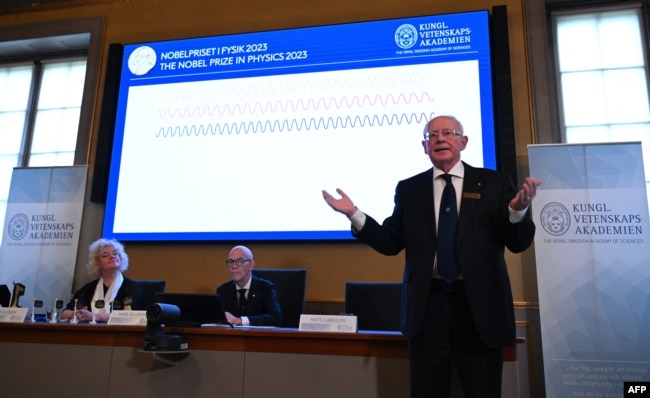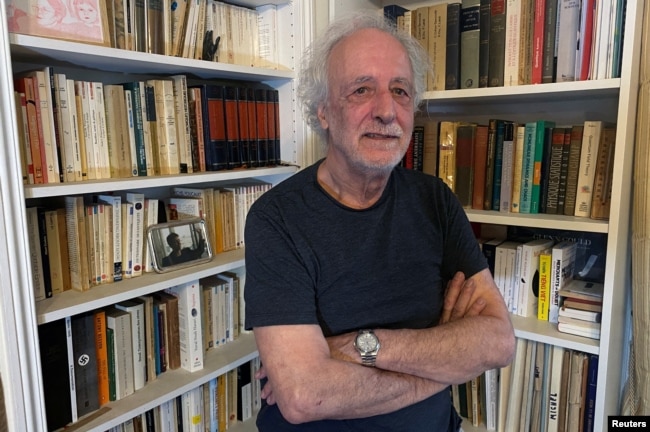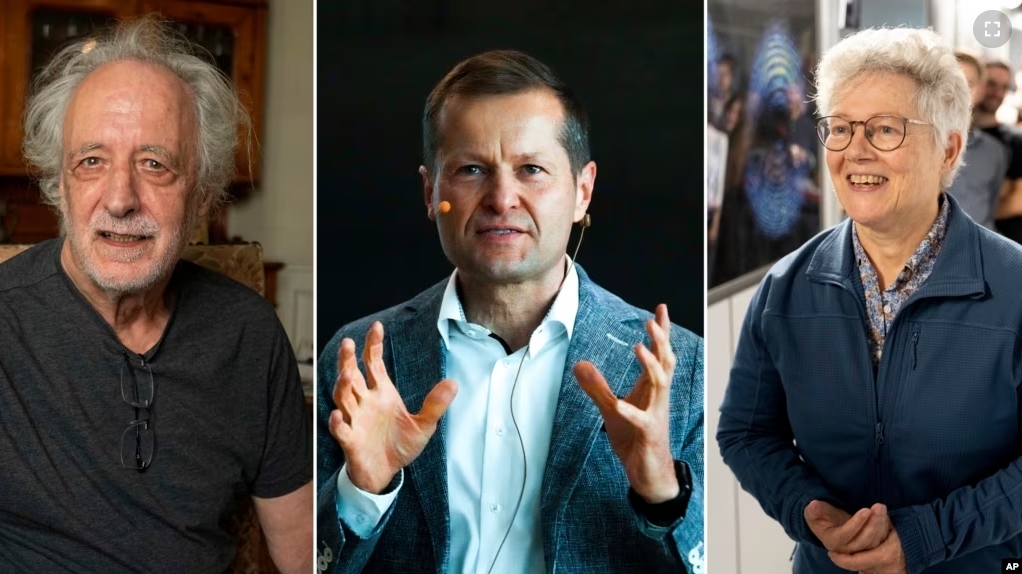Three European physics professors won the Nobel Prize on Tuesday for their work on a system that permits scientists to study electrons.
Electrons are one of the three particles that make up atoms.
They are so small, however, and move so fast, that scientists had never been able to observe them.
However, the work of French-Swedish physicist Anne L’Huillier, French physicist Pierre Agostini and Hungarian-born physicist Ferenc Krausz solved that problem.
The professors carried out research that showed how ultra-fast light could permit scientists to “see” an electron for the first time.
“You can see whether it’s on one side of a molecule or on the other,” L’Huillier, 65, said. “It’s still very blurry.”

The system that came from their work creates light that shows the fast-moving electron in its orbit around the nucleus.
Krausz’s team first created the short light pulses in the early 2000s. He said the system is similar to a camera with a fast shutter speed that permits a photographer to capture a Formula One race car as it crosses the finish line.

Using a special camera with light to see a clear image of a hummingbird’s fast wing movements is another example.
But the speed of an electron is so fast that it could not be captured before the scientists produced experiments that showed it was possible to create a flash of light in one quintillionth of a second.
Mats Larsson of the Nobel Committee said the electrons are the “workforce” of the atom. “Once you can control and understand electrons, you have taken a very big step forward.”

The method to study electrons should help scientists develop better electronic devices or study molecules for medical purposes.
L’Huillier is the fifth woman to receive the physics Nobel. She said her work is important because electrons are “how the atoms bind together,” and where the chemical reactions happen.
She said she spent 30 years working on the project, and she wants other scientists to keep working on “fundamental science” no matter how it might be used in the future. It did not become clear how her work would be used in “the real world” until many years passed.
L’Huillier was in the middle of teaching a class at Lund University in Sweden when she got the news. “It’s incredible,” she said. She went back to teaching the class after being told of the prize.
Agostini is a retired professor at The Ohio State University. Krausz is a professor at the Max Planck Institute in Germany.

“I did not expect it,” Krausz said. “I am overwhelmed,” he added, asking if he was “in reality or it’s just a long dream.”
Agostini was in Paris when the news was announced but did not get a call from the Nobel Committee. He suggested the Nobel group was looking for him Columbus, Ohio, where Ohio State is located.
The 82-year-old said the prize was “good, but a bit late for me.”
L’Huillier experimented with how a laser affects atoms in a gas causing electrons to produce light. Krausz worked on creating a system that could detect a single, very fast light pulse. Agostini was able to investigate a series of very fast pulses.
All the experiments showed that it would be possible one day to observe an image captured in an extremely small fraction of a second, known as an attosecond.

Physics is the second Nobel Prize of the week. Two scientists earned the medicine prize on Monday for their work on mRNA that led to COVID-19 vaccines.
Chemistry, literature, peace and economics come next.
I’m Dan Friedell.
Dan Friedell adapted this story for Learning English based on reports by the Associated Press and Reuters.
__________________________________________________
Words in This Story
ultra –prefix; beyond the limit
blurry –adj. unclear, not clearly seen
shutter –n. a device in a camera that admits light for a set period of time to capture an image
flash –n. a sudden burst of light
bind –v. to combine
fundamental –adj. something that serves as the support or basis of other things
overwhelmed –adj. to be strongly affected by something
pulse –n. a brief increase in electricity or light
fraction –n. a part of a larger amount such as one half or one fourth
We want to hear from you. What lesson do you take from the professors who studied their topic for so long before winning the prize?
